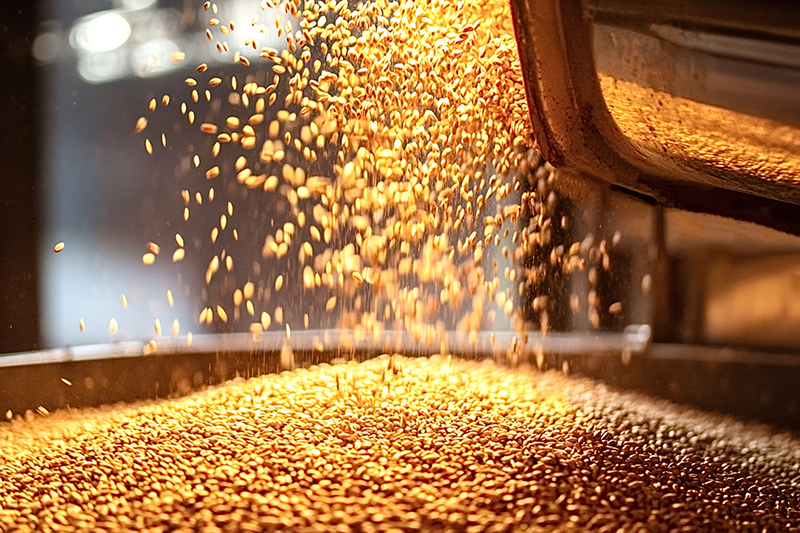
Introduction
The journey from harvest to consumption involves more than just cleaning and packaging. Maintaining grain quality throughout the processing chain requires reliable systems that can eliminate contaminants and deliver clean, uniform grains. Sortex machines are making this journey more efficient and consistent than ever.
Common Challenges in Grain Quality
Grains often carry impurities like stones, dust, broken kernels, and insect-damaged material. Traditional sorting methods may overlook these defects or require heavy manual effort, leading to inconsistent results and higher labor costs.
How Sortex Machines Transform the Supply Chain
1. Automated Defect Removal
Sortex machines scan thousands of grains per second and automatically reject impurities and defective kernels, ensuring high-quality output with minimal manual handling.
2. Improved Post-Harvest Efficiency
Once grains are collected and dried, sorters clean them quickly and thoroughly, shortening processing times and increasing daily throughput.
3. Boosted Market Value
Grains that meet uniform quality standards are more likely to secure premium prices in both domestic and export markets. Clean, defect-free rice or millet builds trust among distributors and end users alike.
4. Regulatory Compliance
Processors can confidently meet the quality standards required by food safety bodies such as FSSAI or international buyers, reducing the risk of shipment rejections.
Real-Time Industry Impact
Processors using high-grade sortex systems report significant improvements in batch consistency and export approval rates. Several millet manufacturers have doubled their export volume after adopting automated sorting lines.
Conclusion
Sortex machines are an essential part of the modern grain value chain. They ensure that what reaches the consumer’s plate is free from defects, hygienic, and visually appealing. Their role is central in elevating food quality from field to table.
